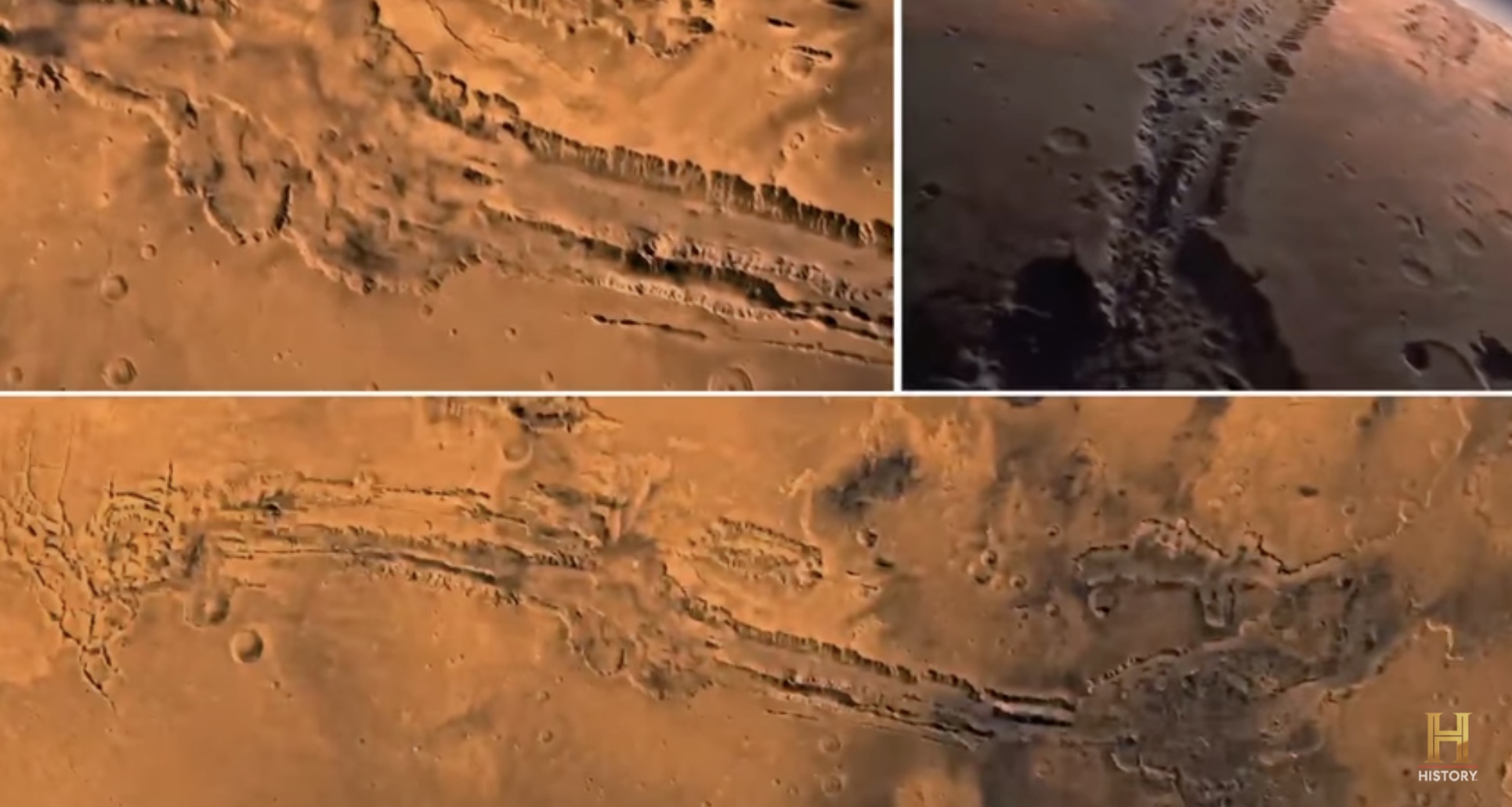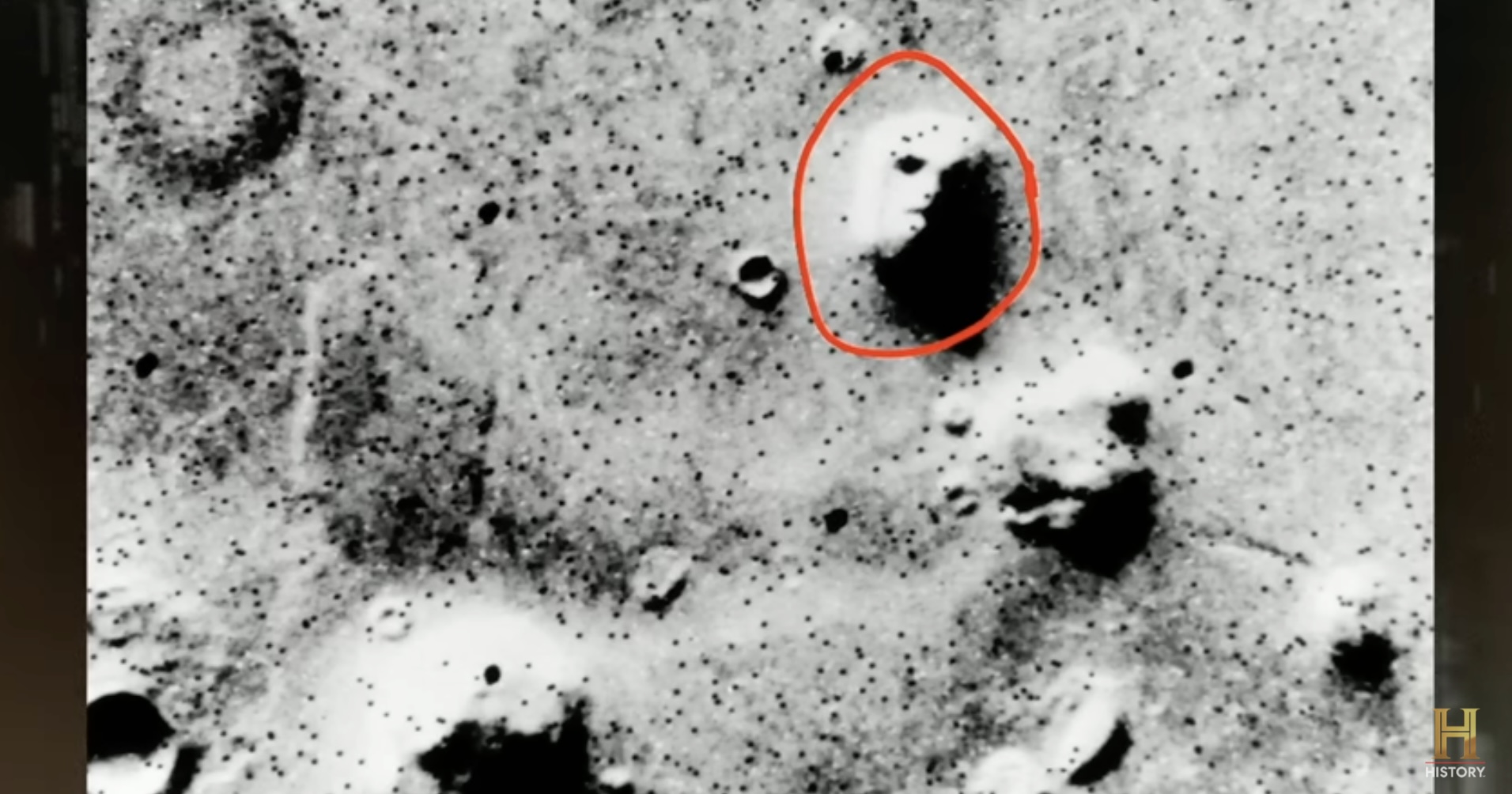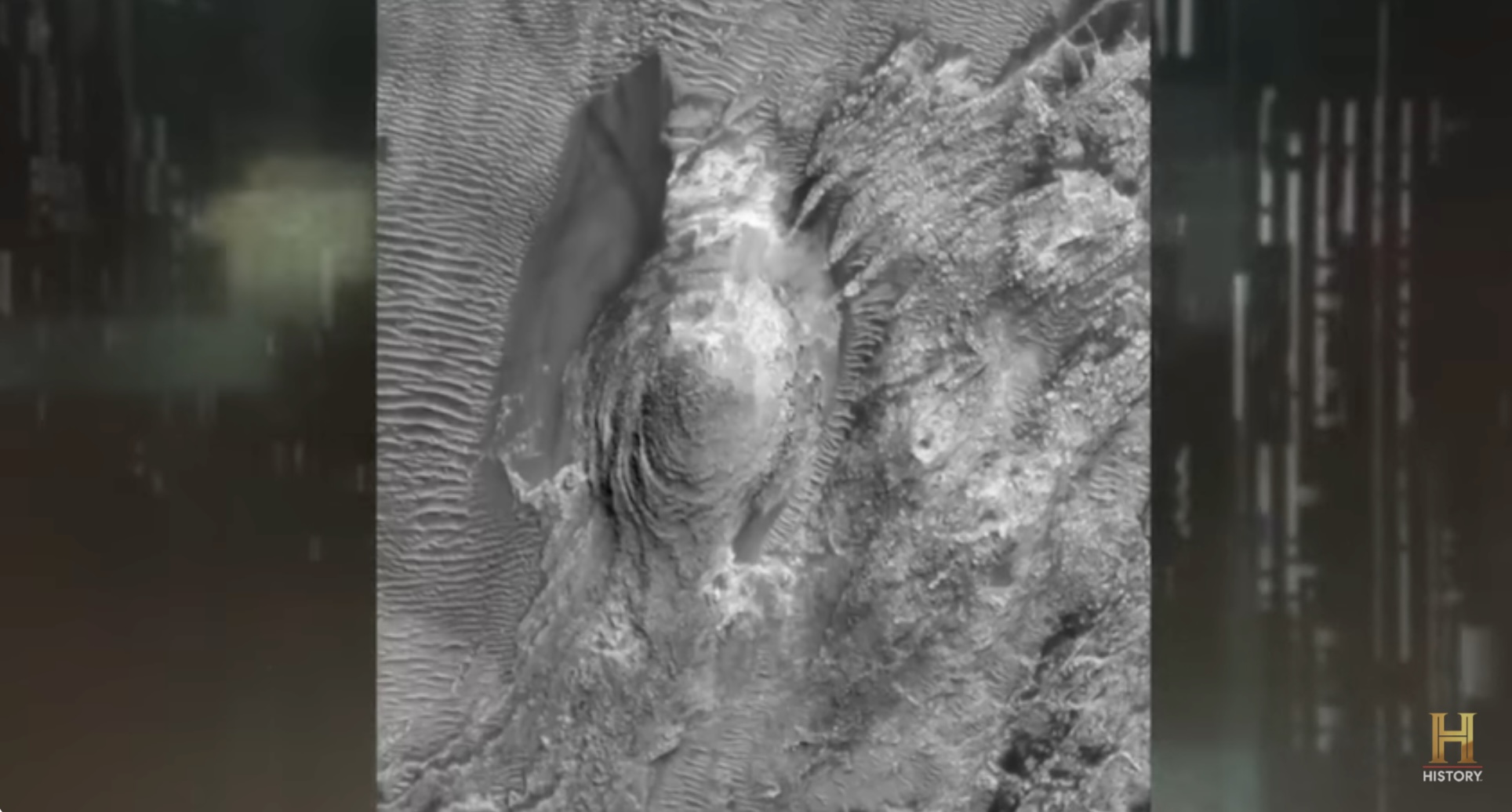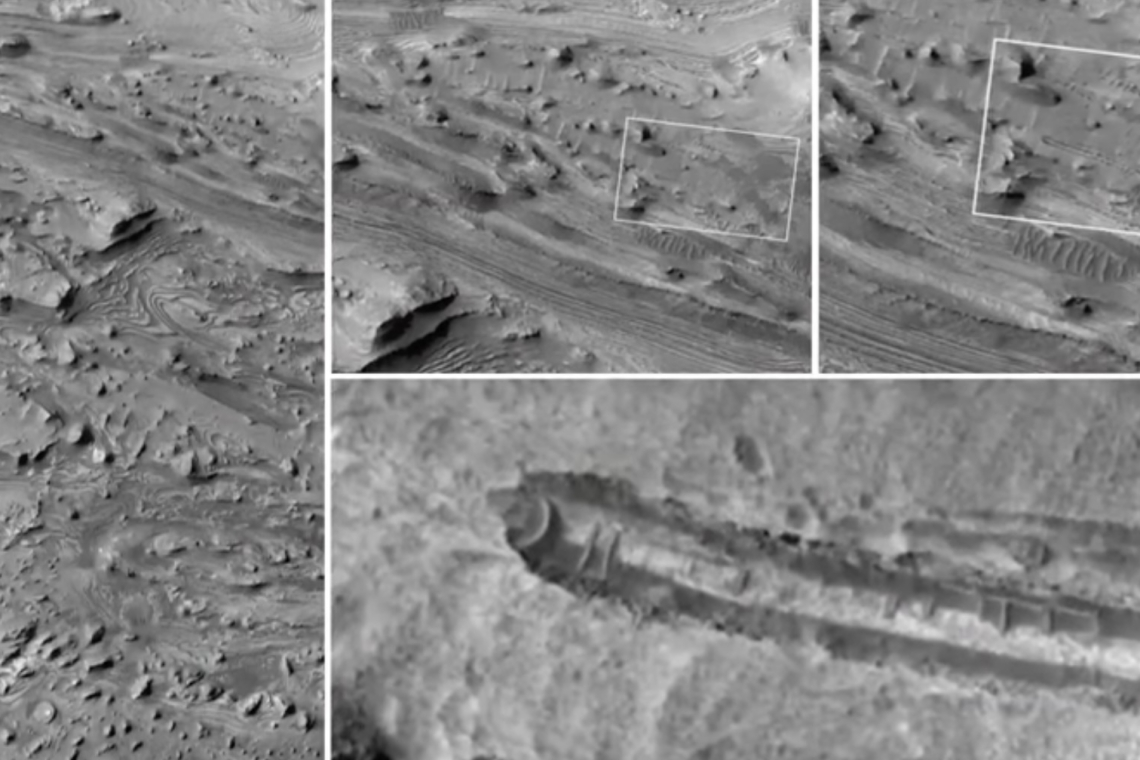A peculiar discovery in a recent NASA photo has sparked widespread speculation among enthusiasts and experts alike. Could extraterrestrial visitors have left more than just footprints on Earth?
In March 2006, the Mars Reconnaissance Orbiter embarked on its mission to meticulously study the atmosphere and terrain of the enigmatic red planet. Over the years, it has diligently captured nearly 7 million images of Mars' surface. However, it wasn't until 2021 that an eagle-eyed observer stumbled upon a peculiar sight — a pair of elongated parallel lines with distinctive indentations leading to what appeared to be a half-buried disc.

The discovery sent ripples of excitement through the scientific community and conspiracy theorists alike. George Haas, Director of The Cydonia Institute, shed light on the significance of the find. He elaborated that a South African researcher speculated that the object resembled remnants of a UFO crash, estimating its diameter to be between 12 and 15 meters. Could this be evidence of extraterrestrial presence on Mars, or perhaps remnants of a bygone interstellar journey?
Haas alluded to the belief held by many that ancient civilizations, including the Cydonians, once thrived on Mars. Intriguingly, evidence of pyramidal structures and anomalous mound formations dotting the Martian landscape has fueled speculation about the planet's mysterious past. However, Haas suggests that the Cydonians vanished eons ago, following a cataclysmic war that culminated in nuclear Armageddon.

The conjecture doesn't end there. Some proponents entertain the notion that the alleged UFO crash might be linked to the Grays, extraterrestrial beings purportedly visiting Earth for millennia. The theory posits that the Grays, potentially associated with the infamous Roswell incident, might have inadvertently lost control of their craft on Martian soil.
Skeptics, however, urge caution and scientific scrutiny. Astrophotographer Andrew McCarthy points out that while the object's appearance is undeniably intriguing, conventional explanations such as meteor impacts or remnants of failed probes cannot be discounted. Yet, the peculiarly smooth crescent shape of the object raises eyebrows, prompting speculation about its extraterrestrial origins.
NASA geologist Bob Anderson offers a more grounded perspective, attributing the enigmatic formation to natural geological processes. He contends that the supposed crash trail is, in fact, an ancient geological crack, commonly found across Mars' surface. Anderson's assessment resonates with McCarthy, who remains unconvinced by conventional explanations, hinting at the object's unique settlement within the Martian landscape.

As speculation abounds and theories clash, one thing remains certain — the need for further investigation. Until conclusive evidence surfaces, the alleged UFO crash on Mars remains an enigmatic phenomenon, shrouded in mystery and ripe for exploration. Whether a relic of extraterrestrial visitation or a testament to the Red Planet's geological wonders, the truth awaits discovery beyond the celestial horizon.



